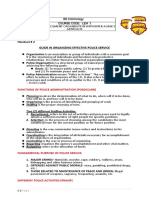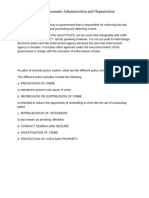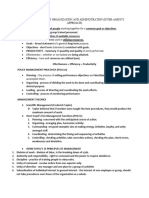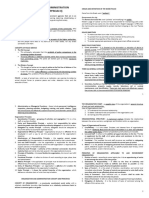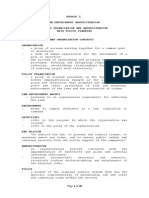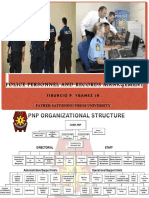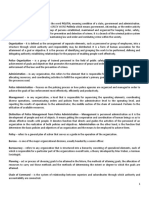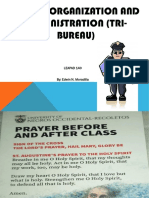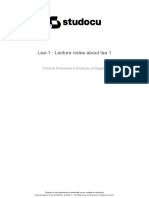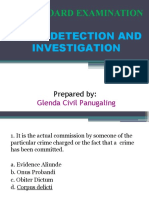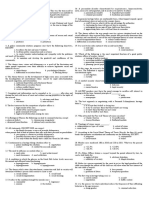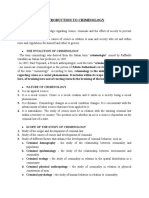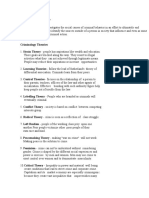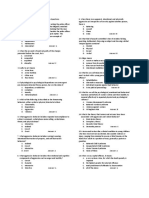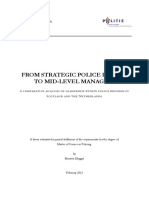0% found this document useful (0 votes)
105 views9 pagesLEA
The document discusses various topics related to police activities and organization. It outlines different types of police activities such as crime prevention, repression of crime, search and seizure, and investigation of crimes. It also discusses fundamental theories of police service, concepts of police service, basic terminologies in police planning, functions of police administration, and important matters to consider in planning. Finally, it discusses Section 6, Article 16 of the 1987 Philippine Constitution which establishes the Philippine National Police as the one police force for the country that is national in scope and civilian in character.
Uploaded by
Jay-r Pabualan DacoCopyright
© © All Rights Reserved
We take content rights seriously. If you suspect this is your content, claim it here.
Available Formats
Download as DOCX, PDF, TXT or read online on Scribd
0% found this document useful (0 votes)
105 views9 pagesLEA
The document discusses various topics related to police activities and organization. It outlines different types of police activities such as crime prevention, repression of crime, search and seizure, and investigation of crimes. It also discusses fundamental theories of police service, concepts of police service, basic terminologies in police planning, functions of police administration, and important matters to consider in planning. Finally, it discusses Section 6, Article 16 of the 1987 Philippine Constitution which establishes the Philippine National Police as the one police force for the country that is national in scope and civilian in character.
Uploaded by
Jay-r Pabualan DacoCopyright
© © All Rights Reserved
We take content rights seriously. If you suspect this is your content, claim it here.
Available Formats
Download as DOCX, PDF, TXT or read online on Scribd
/ 9




